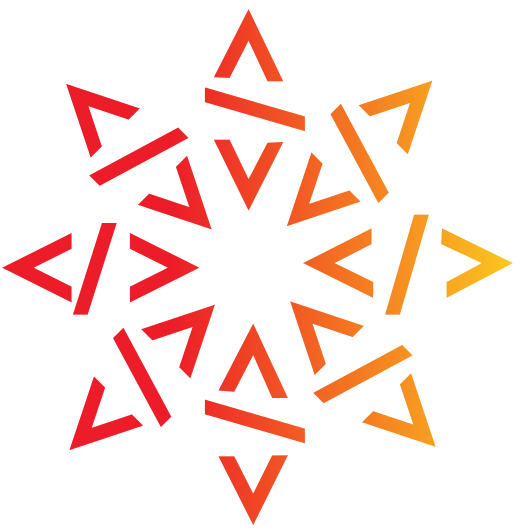Celebrating Five Years of Building Software Heritage
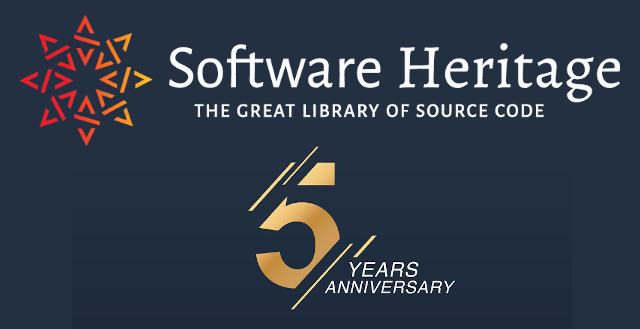
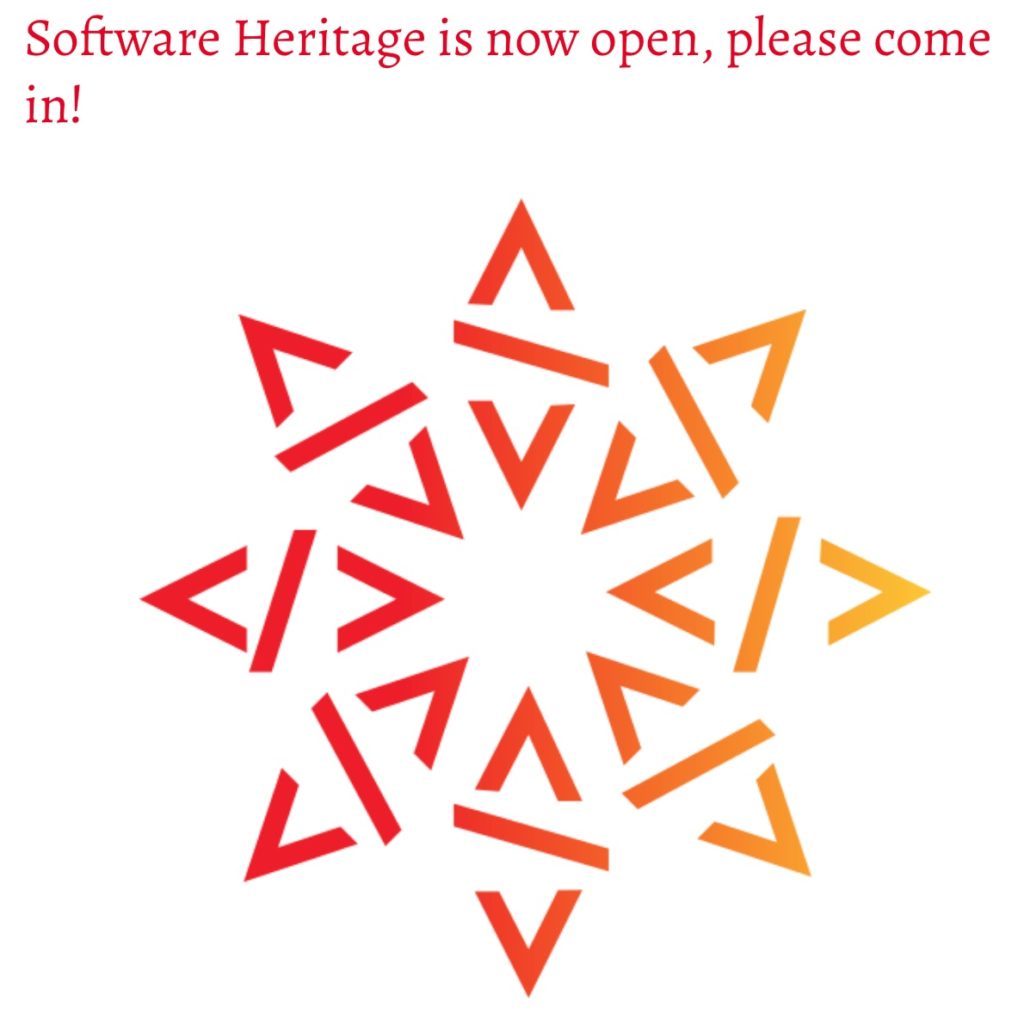 On June 30, 2016, after almost two years of preparatory work, we opened up to the world the Software Heritage website unveiling to the world our long-term mission to collect, preserve and make easily available the source code of all software publicly available. Today, we are celebrating five years of continuous and passionate dedication to this mission, and we would like to start by thanking the many partners that have made this possible: sponsors that have followed up on Inria’s initial full support, UNESCO for the precious collaboration on the vision and the policy issues, private foundations that have made it possible to fund key expert contributors, many organizations and individuals that share the vision, and a growing number of contributors and donors.
On June 30, 2016, after almost two years of preparatory work, we opened up to the world the Software Heritage website unveiling to the world our long-term mission to collect, preserve and make easily available the source code of all software publicly available. Today, we are celebrating five years of continuous and passionate dedication to this mission, and we would like to start by thanking the many partners that have made this possible: sponsors that have followed up on Inria’s initial full support, UNESCO for the precious collaboration on the vision and the policy issues, private foundations that have made it possible to fund key expert contributors, many organizations and individuals that share the vision, and a growing number of contributors and donors.
A detailed account of the long road traveled can be found in the annual reports that have been published for each of the past years, and this fifth anniversary is an occasion to review some of the many milestones reached.
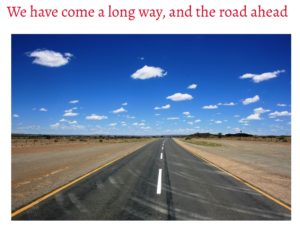
Just after unveiling of our mission in 2016, we could see how timely was the creation of Software Heritage: we were just starting up, and already busy saving hundreds of thousands of software projects from Google Code and from Gitorious.org.
In 2017, we were getting up to speed, establishing a long-term partnership with UNESCO, and connecting with diverse communities.
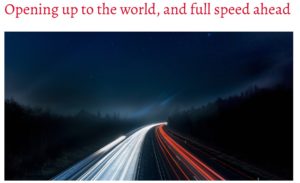
In 2018, after years building the walls and collecting the contents, we could finally open up to the world the doors of this Library of Alexandria of source code that is contained in the Software Heritage archive, and we started up the mirror program, a key part of our strategy for long-term preservation and archival.
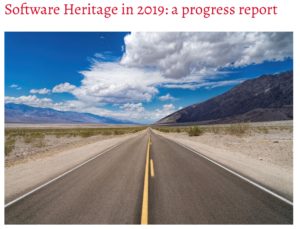 The year 2019 was packed with policy activities, raising awareness with the Paris Call on software source code, issued from an international expert meeting co-organized with UNESCO, and protecting Open Source software development from damaging provisions in the European Copyright reform. To bring software in the spotlight in Open Science, collaborations were started with international communities, and we welcomed support from the French Ministry of Research and Innovation, which included Software Heritage in its landmark Plan for Open Science. We also made an important step forward to kickstart the focused search work needed to collect and curate landmark legacy source code written by pioneers of the digital age, developing and publishing, with UNESCO and the University of Pisa, the Software Heritage Acquisition Process (SWHAP).
The year 2019 was packed with policy activities, raising awareness with the Paris Call on software source code, issued from an international expert meeting co-organized with UNESCO, and protecting Open Source software development from damaging provisions in the European Copyright reform. To bring software in the spotlight in Open Science, collaborations were started with international communities, and we welcomed support from the French Ministry of Research and Innovation, which included Software Heritage in its landmark Plan for Open Science. We also made an important step forward to kickstart the focused search work needed to collect and curate landmark legacy source code written by pioneers of the digital age, developing and publishing, with UNESCO and the University of Pisa, the Software Heritage Acquisition Process (SWHAP).
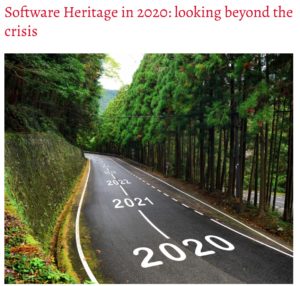 The year 2020, and the first months of 2021, were very special: the health crisis that hit the world made evident how our only hope to cope with these kinds of dangers is to tap into all our collective knowledge. This made our mission even more relevant, as building the universal source code archive as a common non-profit infrastructure will help humankind be better prepared for the next global crisis. To this end, we have put to good use the collaboration with GitHub to ease its archival, salvaged hundreds of thousands of endangered repositories from Bitbucket, processed tens of thousands of save code now requests, and contributed to design a global architecture of scholarly infrastructures to archive research software associated to published articles.
The year 2020, and the first months of 2021, were very special: the health crisis that hit the world made evident how our only hope to cope with these kinds of dangers is to tap into all our collective knowledge. This made our mission even more relevant, as building the universal source code archive as a common non-profit infrastructure will help humankind be better prepared for the next global crisis. To this end, we have put to good use the collaboration with GitHub to ease its archival, salvaged hundreds of thousands of endangered repositories from Bitbucket, processed tens of thousands of save code now requests, and contributed to design a global architecture of scholarly infrastructures to archive research software associated to published articles.
With the growing adoption of the Software Heritage intrinsic identifiers (SWHID), the long-term availability, and immediate traceability of all software source code enabled by Software Heritage is now showing its great potential also in critical industry and public sector activities, where the “Know Your SoftWare” principle (KYSW) is emerging.
And in these last months, we are welcoming a growing community of expert contributors and enthusiastic Software Heritage Ambassadors, that are eager to contribute to the mission.
Building an open, non-profit, multi-stakeholder, long-term and common infrastructure to collect, preserve and share all the source code is a humbling undertaking. We know well that we will only succeed with the contribution of a large community, from funders to users and adopters, from industries to public bodies and individual contributors. This brief look at what has been accomplished in these past years and the contributions of all kinds to our work gives us renewed strength and motivation to continue, with passion and dedication, working on Software Heritage’s long-term mission.
